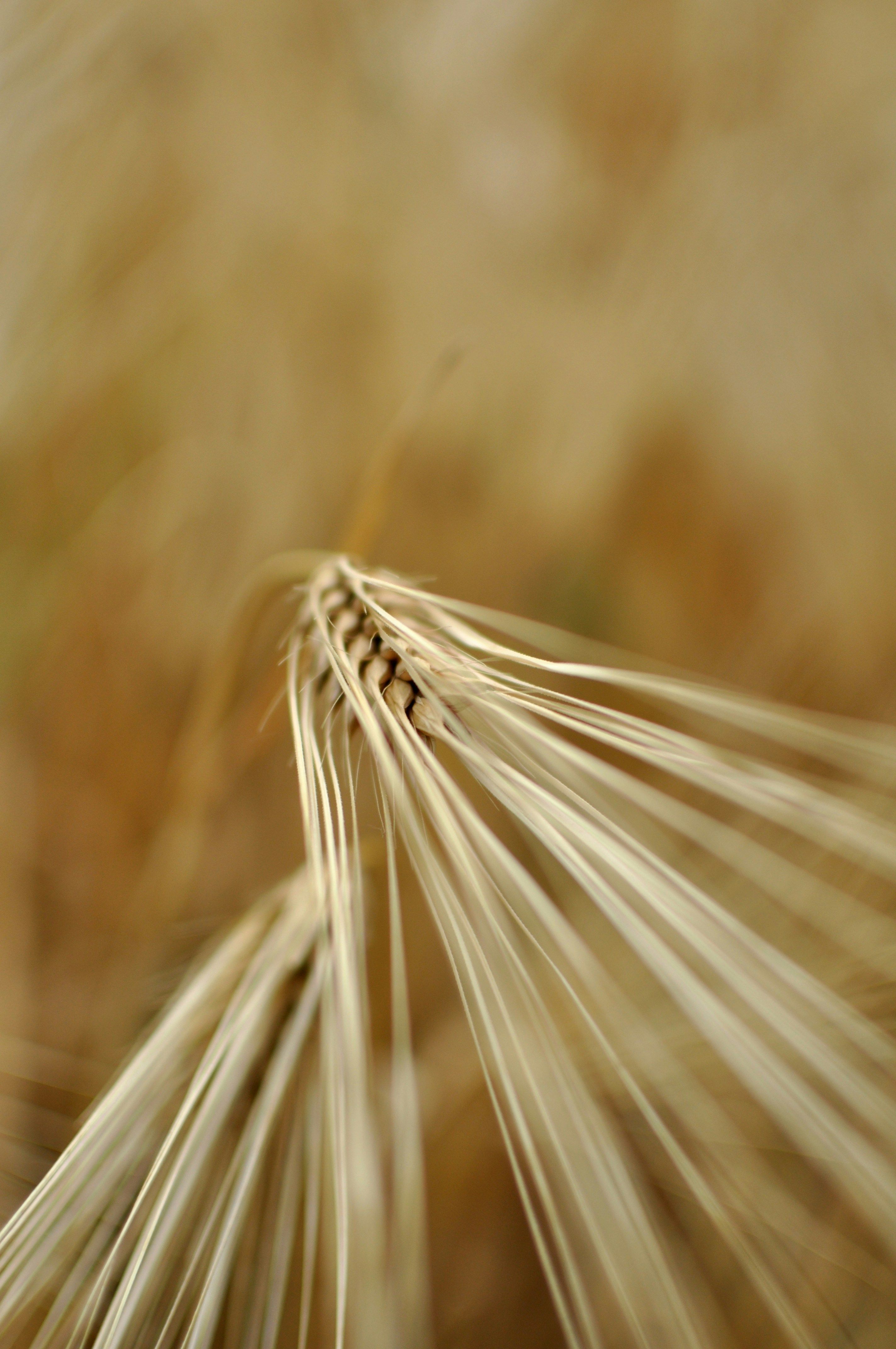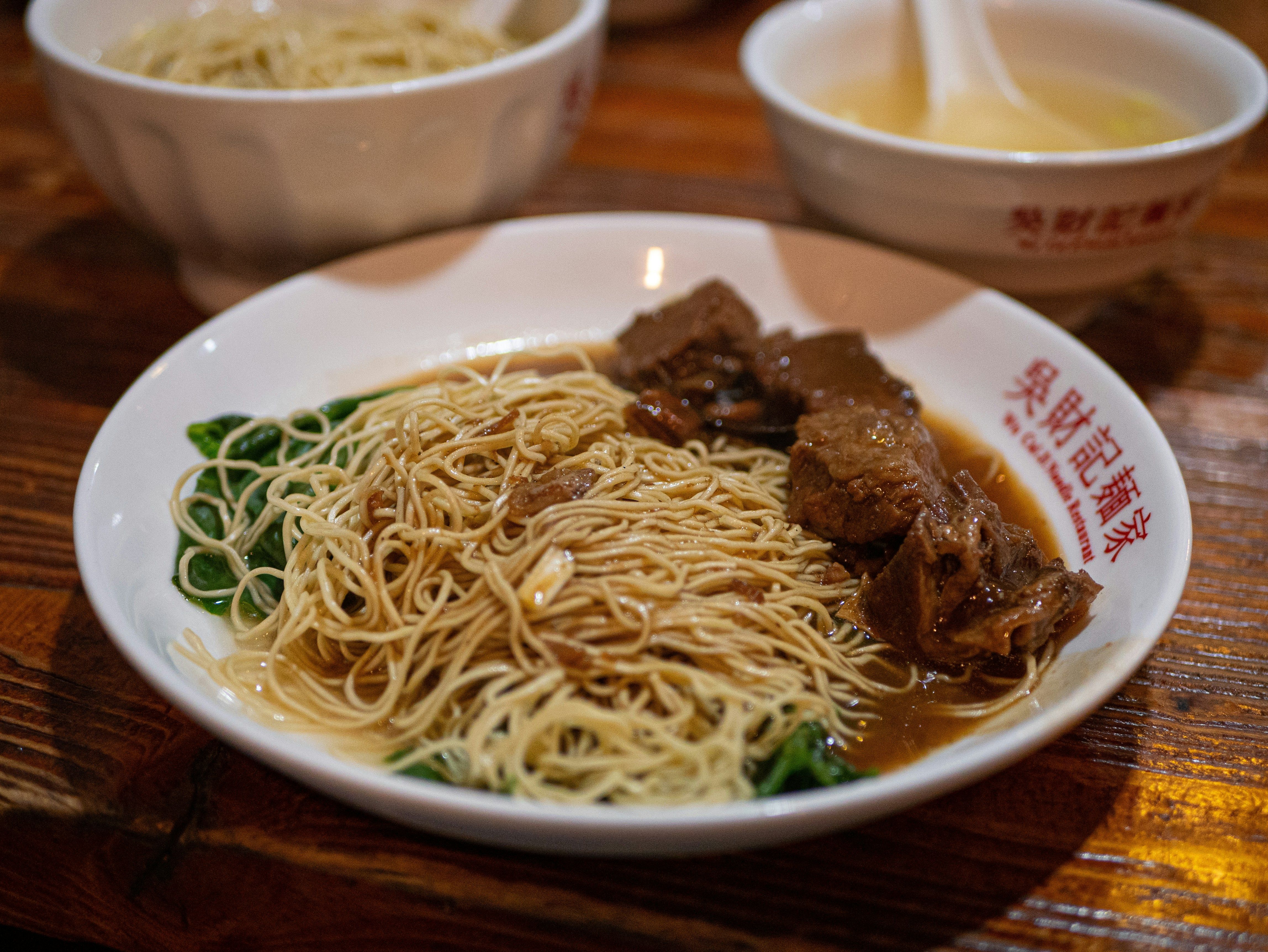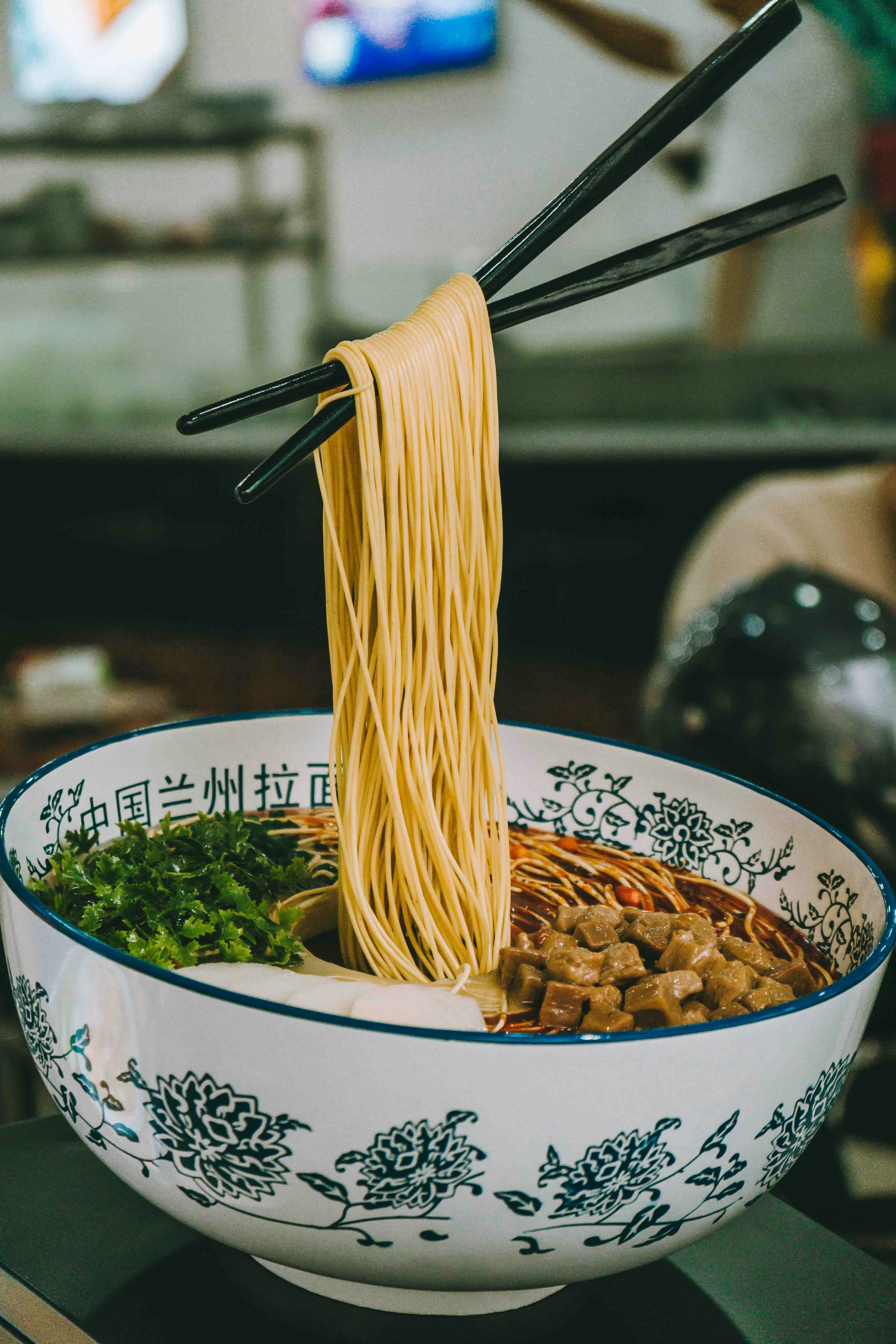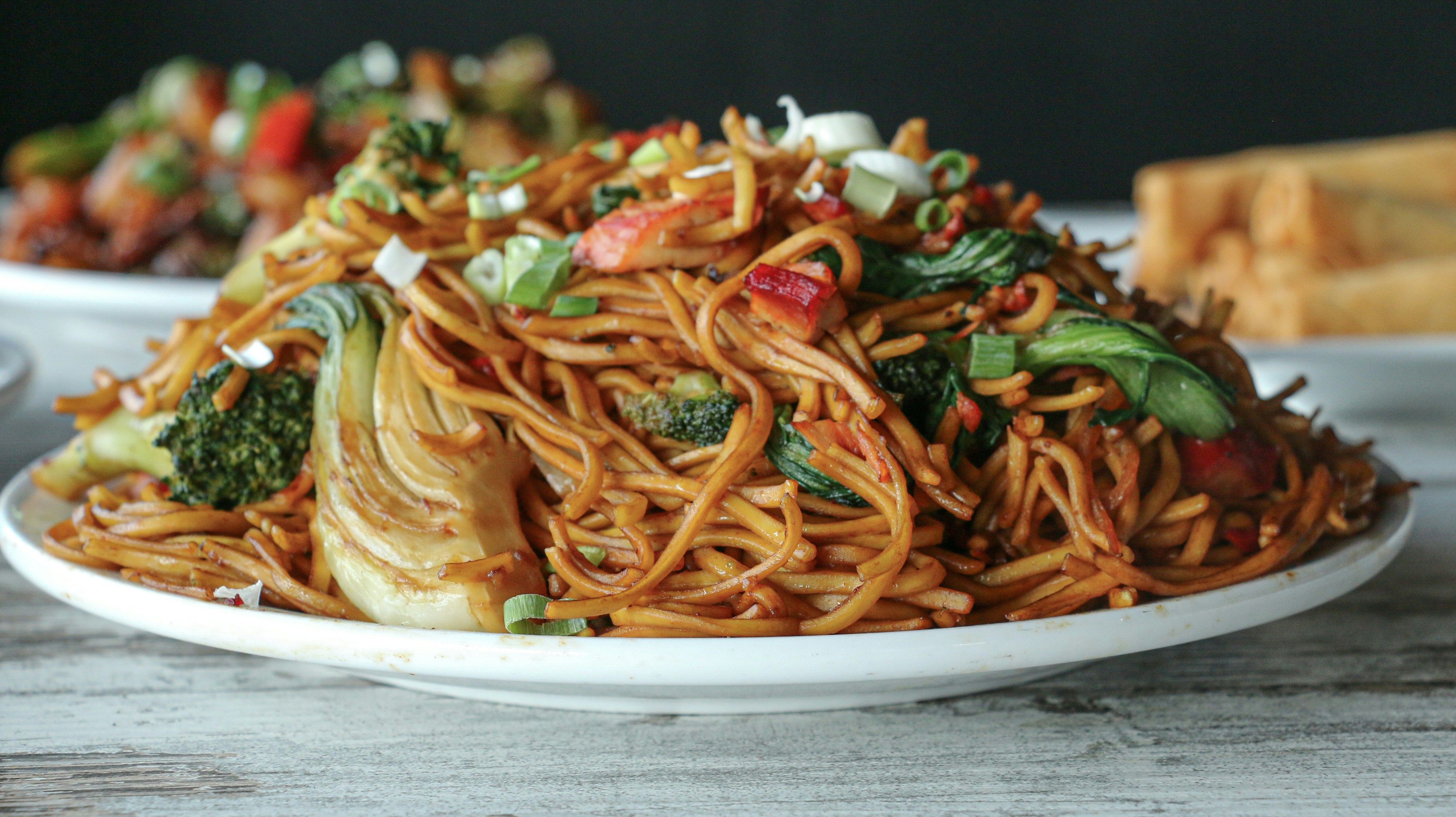The Cultural Genome of Chinese Noodles: A Reading Note Based on Food Anthropology
Reading Materials:
- A History of Chinese Cuisine (edited by Xu Hairong, Huaxia Publishing House)
- Food and Body: New Explorations in Chinese Food Anthropology (by Wang Qing, Sanlian Bookstore)
- The Domestication of Wheat and the Civilization of the Yellow River Basin (by Li Zhuozhi, Commercial Press)
- Taste Geography: Spatial Narratives of Chinese Cuisine (by Zhang Chengzhi, Peking University Press)

1. Productive Genes: Dialogue Between Drought-resistant and Rice Cultures
(1) Agricultural Division Through Archaeological Perspectives
As noted in Volume III of A History of Chinese Cuisine, carbonized wheat found at the Peiligang Culture site (about 8,000 years ago) and rice layers accumulated at the Hemudu Culture site (around 7,000 years ago) established a dual agricultural framework for Chinese civilization. This difference is quantitatively confirmed in The Domestication of Wheat and the Civilization of the Yellow River Basin: the protein content of wheat in the Loess Plateau reaches 13-15%, while the amylose content of indica rice in the Yangtze River Basin exceeds 25%. These figures directly determine the physical characteristics of staple foods in the north and south.
(2) Positioning of Noodles in the Main Food System
In the northern diet structure, noodles play the role of "staple food." A Shanxi proverb, "Thirty miles of oatmeal, forty miles of cake, twenty miles of buckwheat noodles can starve you," reveals the energy-supply logic of noodles. In contrast, a Suzhou saying recorded in Taste Geography, "Eating noodles must have toppings; drinking tea must have snacks," highlights the "side dish attribute" of southern noodles. This positioning difference is reflected in the size of tableware: the diameter of bowls used for noodles in Shaanxi generally exceeds 20 cm, while Hangzhou's Pi'erchuan uses shallow bowls with a diameter of about 12 cm.
(3) Technological Innovation Under Product Constraints
Southern chefs developed unique improvement techniques to address the deficiency of wheat protein. For instance, Guangdong’s bamboo-pressed noodles add duck egg whites (containing about 10% lecithin), and Fujian’s line noodles incorporate camellia oil (unsaturated fatty acids reach 80%). These innovations are seen as "biological compensation mechanisms" in dietary adaptation in Food and Body. Northern noodle-making skills have evolved to an extreme level, such as the "knife-pulled noodles" among the seventy-two tricks of Shanxi noodles, which can cut 256 equally wide noodles in one stroke.

2. Artistic Beauty: Dual Variations of Mechanics and Chemistry
2.1 Mechanical Beauty of Physical Rolling
The making of Shanxi hand-rolled noodles is a classic example of mechanical physics. An 8-cm-diameter jujube wood rolling pin transforms 20N of hand pressure into uniform force applied to each square centimeter of dough through torque conversion. This physical pressing forms a gluten network that gives the noodles a tensile strength of up to 3MPa, far exceeding the 1.2MPa of machine-made noodles. The "three-gloss standard" (hand gloss, basin gloss, noodle gloss) recorded in Volume V of A History of Chinese Cuisine is actually a visual representation of mechanical action.
2.2 Molecular Reconstruction of Chemical Reactions
Southern noodle-making processes embody exquisite chemical wisdom. The "drying process" of Wuhan hot dry noodles controls the degree of starch gelatinization: maintaining the noodles in boiling water at 93°C for 72 seconds converts β-starch to α-starch at a precise ratio of 42%. The "acidic slurry fermentation" process of Guilin rice noodles lowers the pH value of rice to 4.6 through lactic acid bacteria, promoting the recrystallization of amylopectin to form a unique elastic structure.
2.3 Skill Transmission Across Time and Space
The learning curve for northern pulled noodle skills deserves attention: apprentices of Lanzhou beef noodles need 1,460 days of training to master the variations of nine types of noodles, such as "large wide, leek leaf, fine hair." Meanwhile, the soup-hanging skills of Suzhou Fengzhen big noodles follow the "summer eel bones, winter trotters" spatiotemporal rule. This experience system is deconstructed in Taste Geography as the concrete expression of


